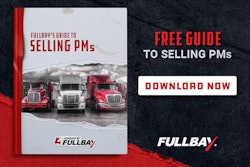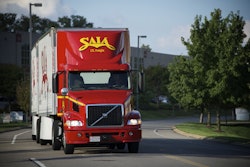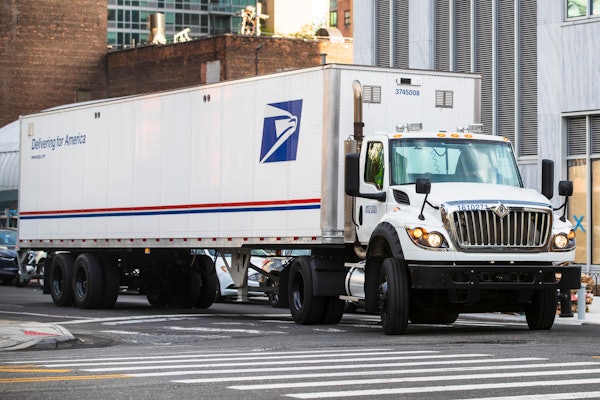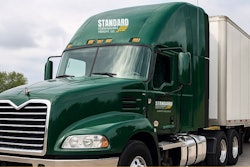Fleets that hire truck drivers must be keenly aware of the distinct regulatory requirements that apply to the hiring process and the consequences of failing to meet them. These repercussions can include civil penalties, litigation, and higher insurance premiums. Moreover, fleets must understand the employee application, background check, and onboarding requirements are far different than those for other (non-regulated) employees.
For-hire carriers often understand this distinction, as transportation is their core competency. However, companies that operate trucks to support their manufacturing, retail sales or service businesses (i.e., private fleets) sometimes lack depth in this area. Often, confusing the required hiring steps with those of non-regulated employees. Here are some important distinctions:
Driver-specific hiring steps
The specific steps required to hire and screen truck drivers are prescribed by the Federal Motor Carrier Safety Regulations. These same rules mandate additional post-hire requirements too. The requirements are quite different than those for non-regulated employees.
Here are just a few examples:
- Drivers must complete an employment application including specific content, questions, and statements prescribed by the regulations. Use of a “standard” employment application is not permitted.
- The prospective employer must make a good faith attempt to contact each of the driver’s employers for the prior three years to obtain very specifically prescribed information. The employer must be sure documentation of these attempts meets prior Federal Motor Carrier Safety Administration (FMCSA) regulatory guidance on what constitutes “a good-faith attempt.”
- The prospective employer must expressly notify the applicant of his/her rights to review the results of these employment inquiries.
- The prospective employer must contact all States where the driver has held a license in the past three years to obtain the applicant’s driving record.
- The employer must obtain and review a copy of the driver’s motor vehicle record at least annually thereafter and make a written record of doing so.
- Once hired, the employer must ensure the driver has a current, valid medical certificate at all times.
- CDL drivers must have a negative pre-employment DOT drug test, and a full query of the Drug and Alcohol Clearinghouse must reflect a status of “not prohibited,” prior to performing any safety-sensitive functions.
- Annually, all CDL drivers’ Drug and Alcohol Clearinghouse records need to be reviewed via a “limited” query to ensure continued qualification.
The consequences of lapses
The consequences of failing to follow these steps - and the many other regulatory requirements specific to truck drivers - can be severe. They primarily fall into three categories: 1) Civil Penalties; 2) Litigation; 3) Insurance Costs.
Civil penalties
FMCSA has the authority to issue civil penalties of up to $10,000 for each offense. The agency assessed over $26 million in penalties in 2024 alone. A list of recently issued civil penalties can be found here: 2025 FMCSA Fines
Litigation
Compliance gaps identified in post-crash litigation can be especially damning and costly. According to the U.S. Chamber of Commerce, the cost of tort judgments is outpacing inflation at a pace of two to one. Moreover, nuclear verdicts - those with judgments over $10 million - have risen over 25% in the past decade, and one in four of them involve truck crashes.
Insurance
Average insurance premiums for many carriers – even safe and low-risk ones – have risen more than 47% over the last decade. This is due, in part, to insurance companies lacking sufficient reserves/capacity to cover the growth in tort costs and nuclear verdicts. Fleets that have gaps in their compliance practices will see steeper increases.
Examples of non-compliance risks
There are several common gaps (i.e., traps) that fleets can fall into, which can be avoided through technology and outsourced service providers. Here are two examples:
- A driver’s medical certificate expired on the 15th of the month. They submitted a new medical exam and got a renewed certificate, but not until the 20th of the month. The driver’s record of duty status (i.e., time record; driver’s log) showed that he drove a truck on the 19th of the month, in violation of the regulations.
- An employer checked an applicant’s motor vehicle record in the driver’s current state of licensure but not in the other states in which the driver had been licensed in the prior three years. Because the driver recently moved and his driving history had not yet been transmitted to his current state, the employer was unaware of an egregious moving violation the driver had committed just weeks before.
Hiring and retaining commercial motor vehicle drivers is not just an HR function – it’s a regulated process governed by strict federal requirements that demand precision, documentation, and continuous oversight. Unlike typical employee onboarding, DOT-regulated driver qualification involves unique steps with high stakes.
Fleets, especially those without dedicated transportation compliance teams, must approach these responsibilities with the same rigor they apply to safety or operations. The risks of non-compliance go far beyond paperwork errors; they expose fleets to significant financial penalties, legal liability, and skyrocketing insurance costs.
By investing in compliance tools, training, or trusted third-party partners, fleets can avoid common pitfalls and protect both their drivers and their bottom line.













